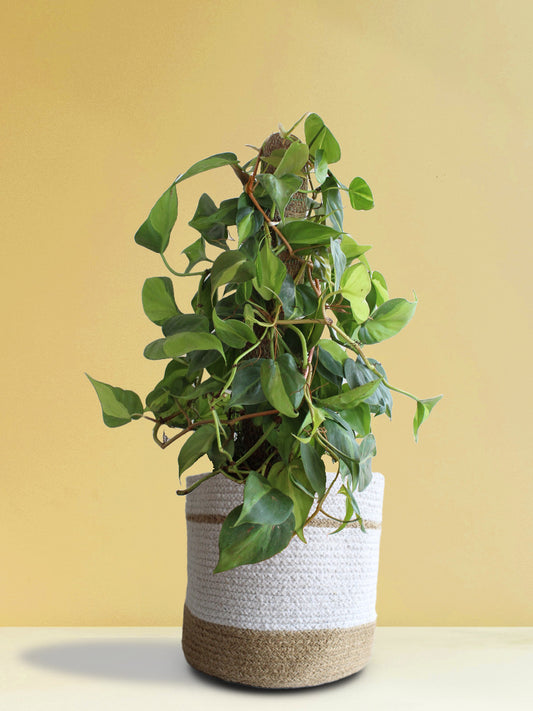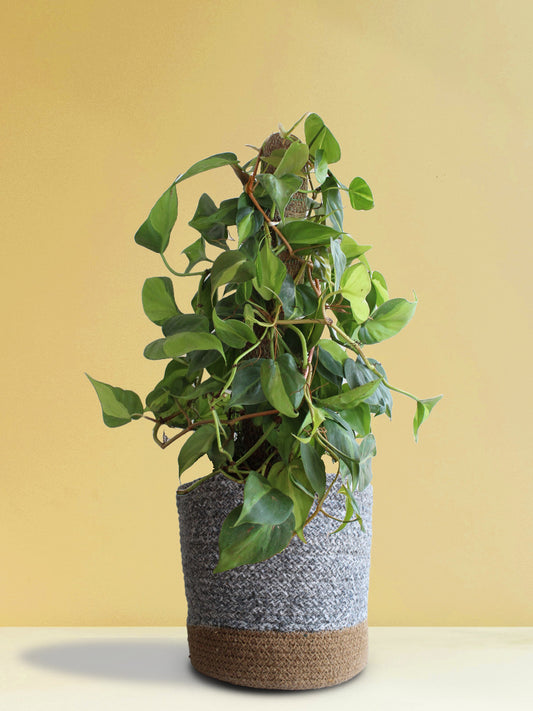

-

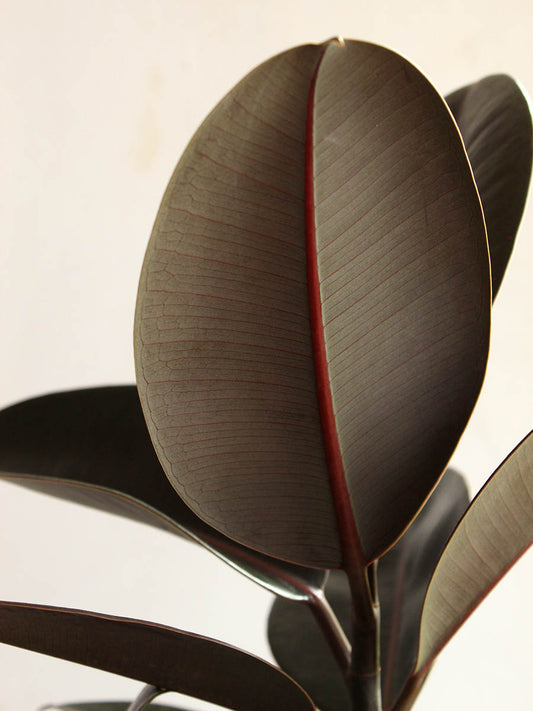 Sold out
Sold outRubber Plant - Burgundy (X-Large)
Regular price From ₹ 1,749Regular priceUnit price per₹ 2,499Sale price From ₹ 1,749Sold out -
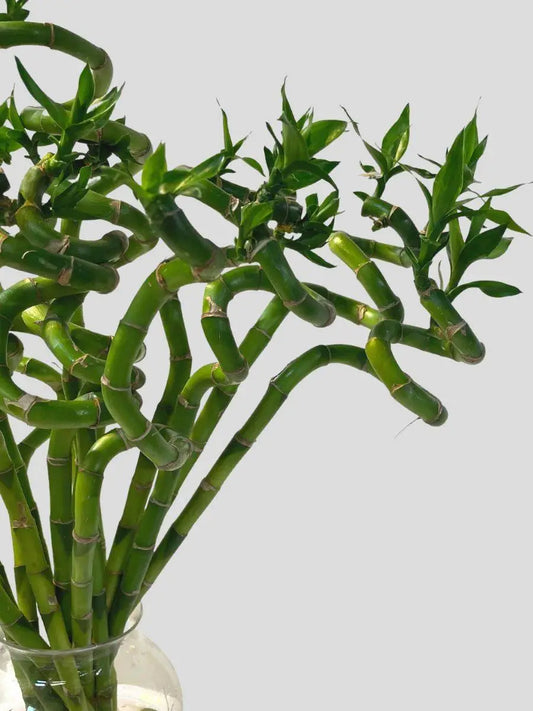
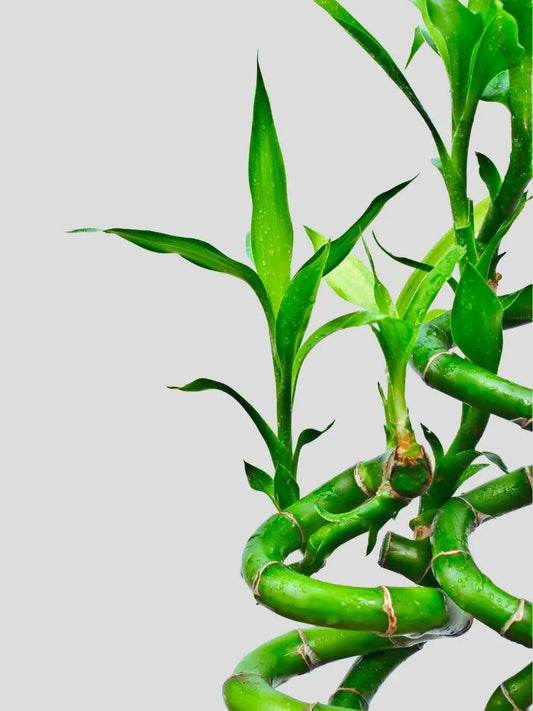 Sold out
Sold outLucky Bamboo Plant
Regular price From ₹ 880Regular priceUnit price per₹ 1,100Sale price From ₹ 880Sold out -
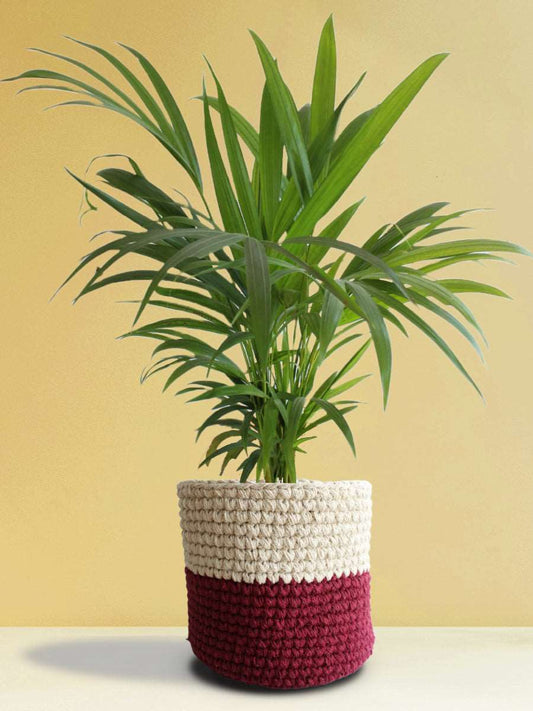
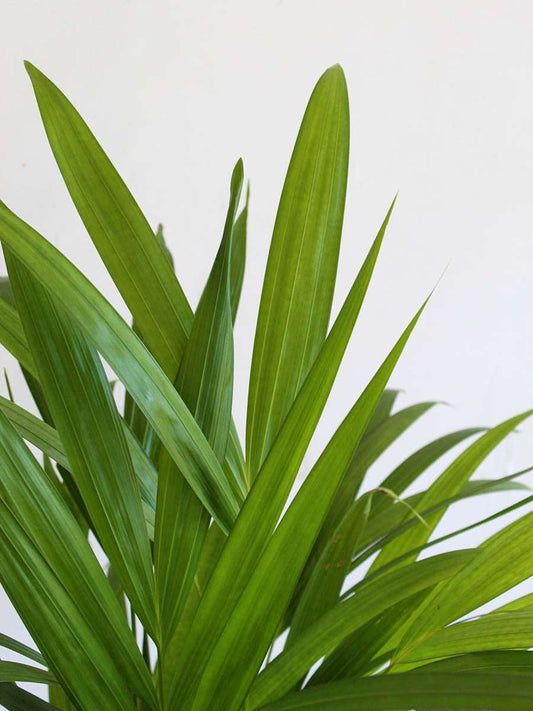 30% Off
30% OffAreca Palm (X-Large)
Regular price From ₹ 1,749Regular priceUnit price per₹ 2,499Sale price From ₹ 1,749Sale -
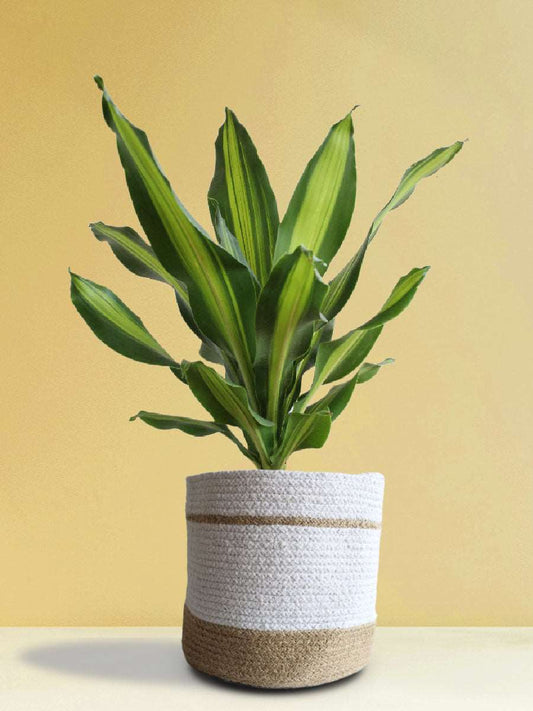
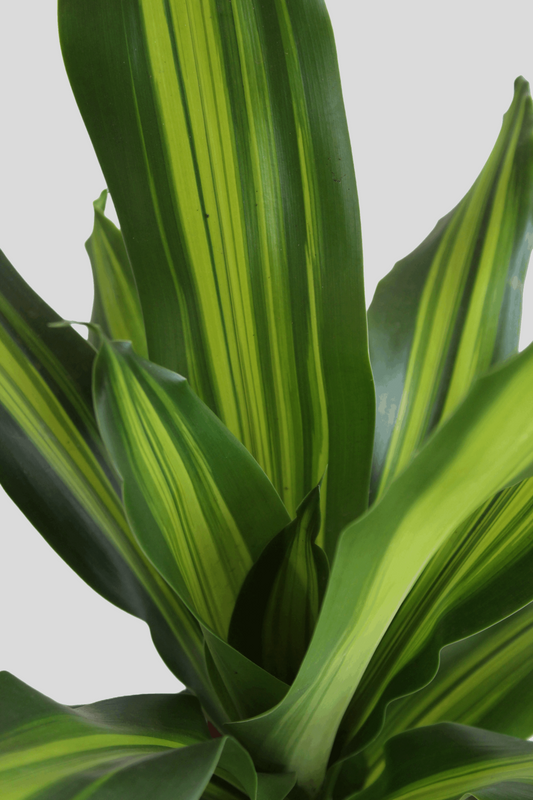 20% Off
20% OffDracaena Dara Singh (X-Large)
Regular price From ₹ 1,919Regular priceUnit price per₹ 2,399Sale price From ₹ 1,919Sale -
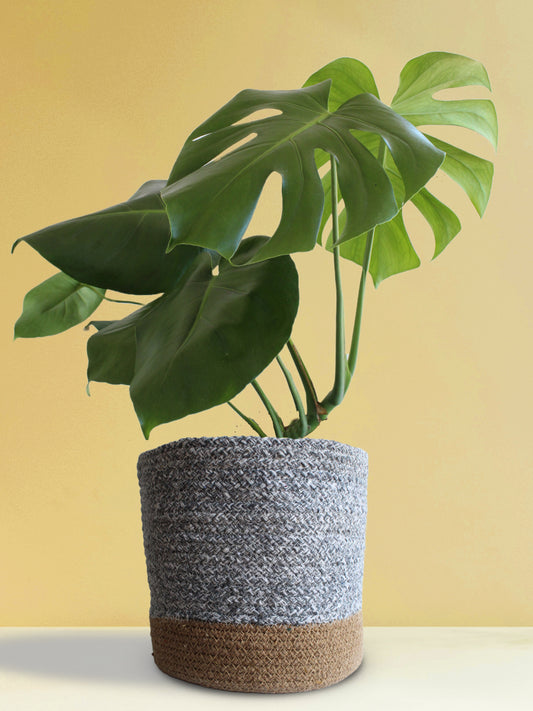
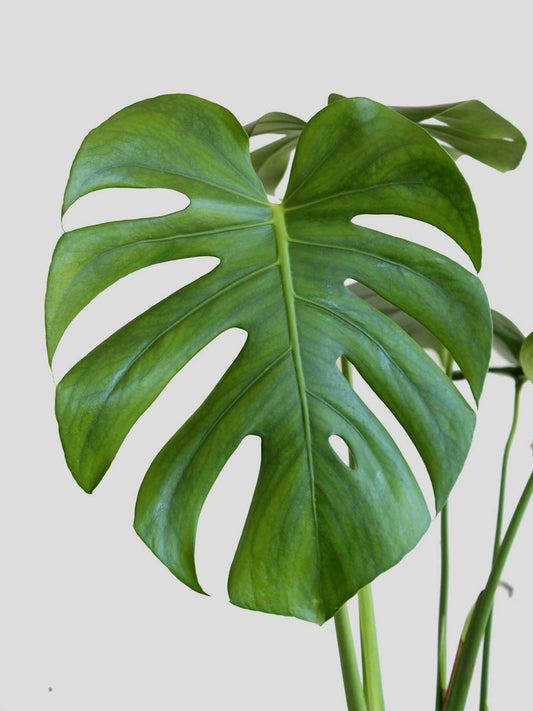 Sold out
Sold outMonstera Deliciosa (X-Large)
Regular price From ₹ 1,999Regular priceUnit price per₹ 2,499Sale price From ₹ 1,999Sold out -
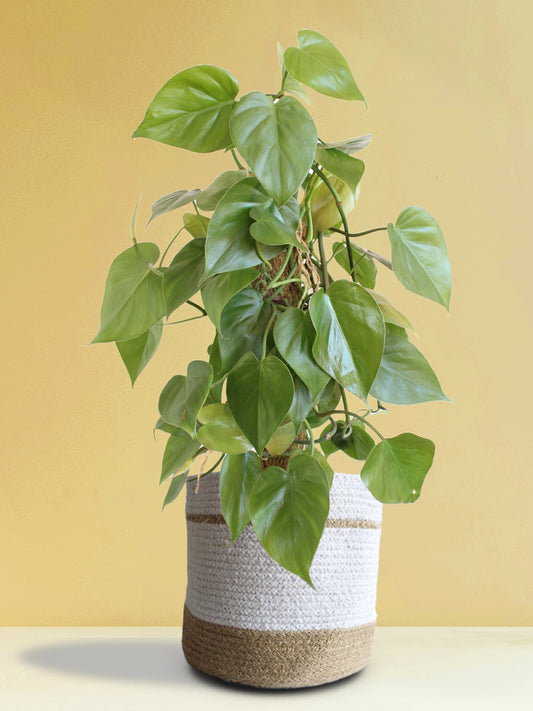
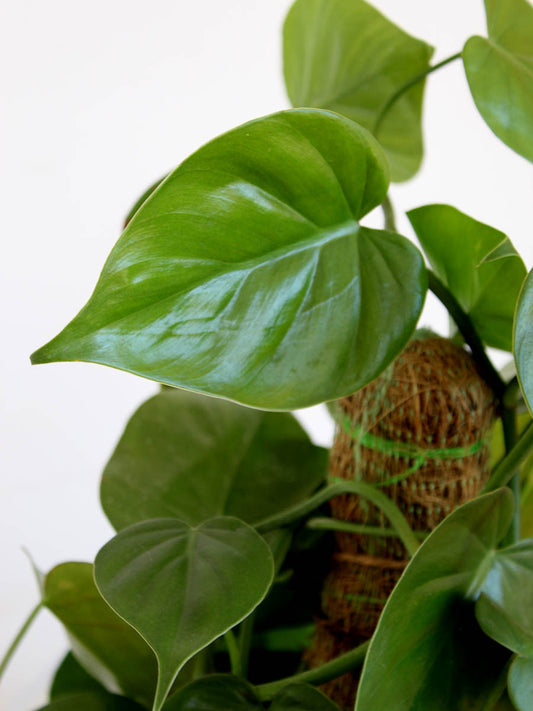 Sold out
Sold outOxycardium Green (X-large)
Regular price From ₹ 1,791Regular priceUnit price per₹ 2,239Sale price From ₹ 1,791Sold out -
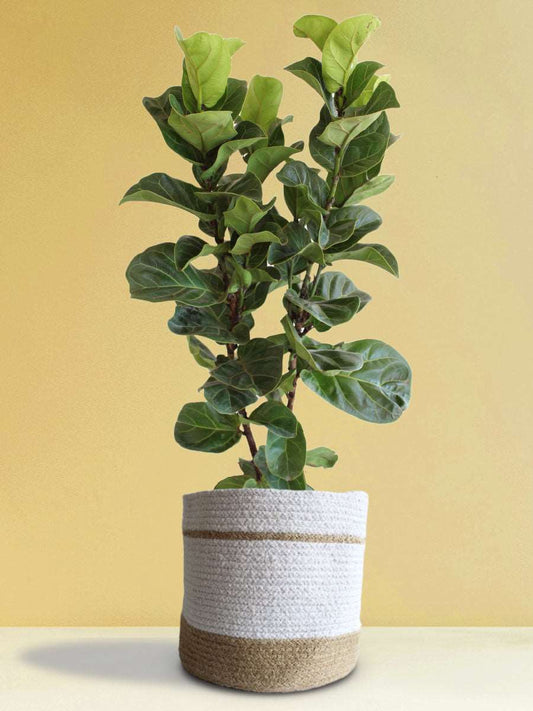
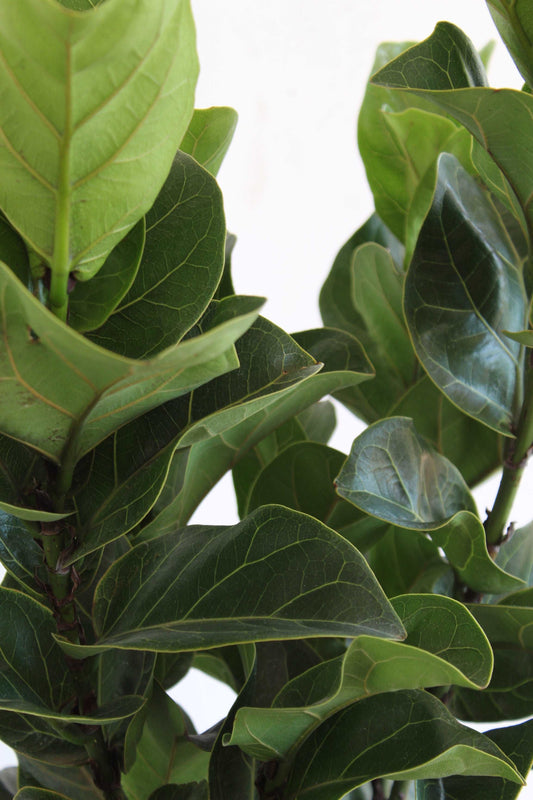 Sold out
Sold outFiddle Leaf-Fig (X-Large)
Regular price From ₹ 2,399Regular priceUnit price per₹ 2,999Sale price From ₹ 2,399Sold out -
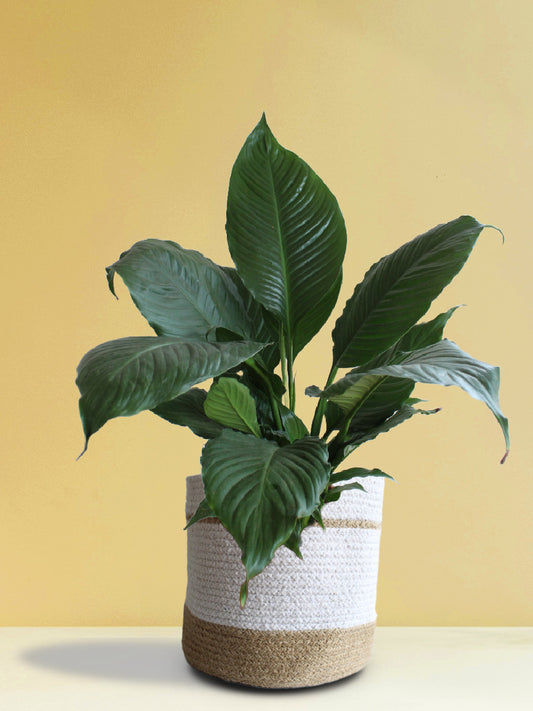
 Sold out
Sold outPeace Lily (X-Large)
Regular price From ₹ 1,839Regular priceUnit price per₹ 2,299Sale price From ₹ 1,839Sold out -
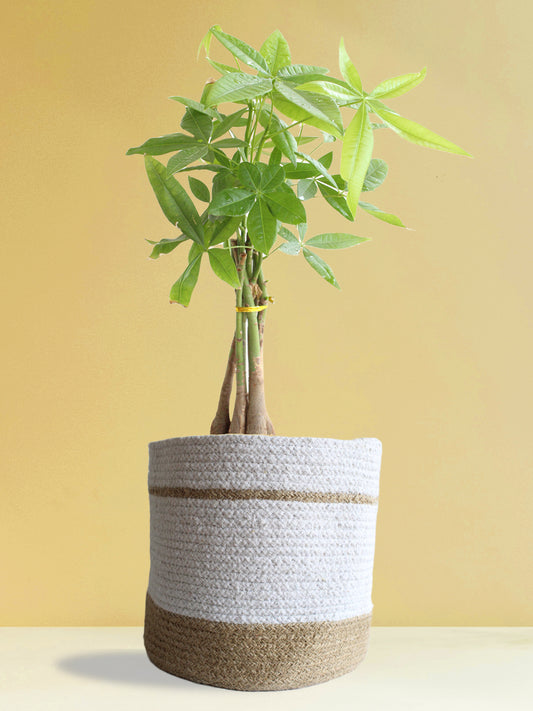
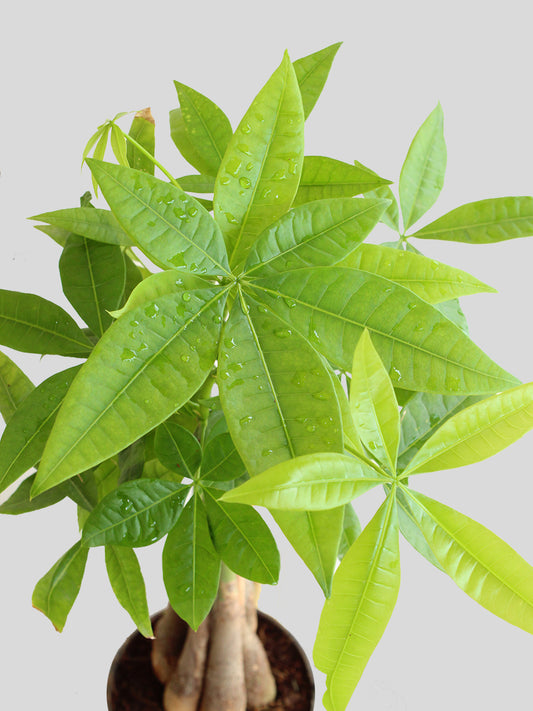 Sold out
Sold outPachira Money Tree (X-Large)
Regular price From ₹ 1,919Regular priceUnit price per₹ 2,399Sale price From ₹ 1,919Sold out -
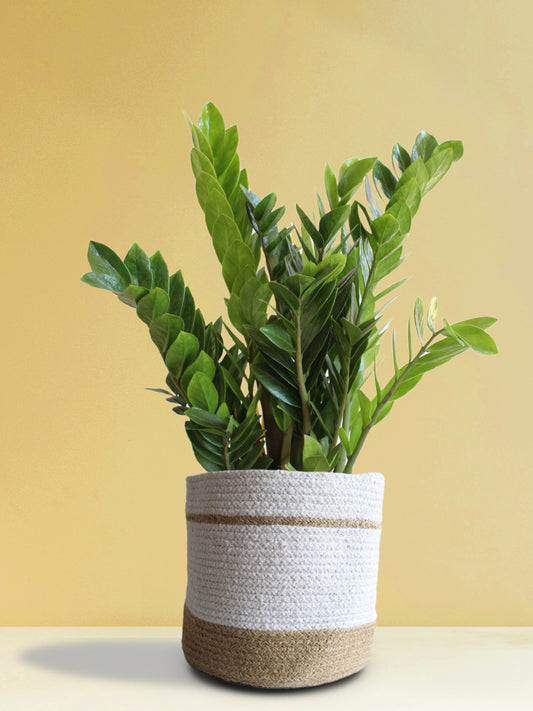
 Sold out
Sold outZZ Green (X-Large)
Regular price From ₹ 2,239Regular priceUnit price per₹ 2,799Sale price From ₹ 2,239Sold out -
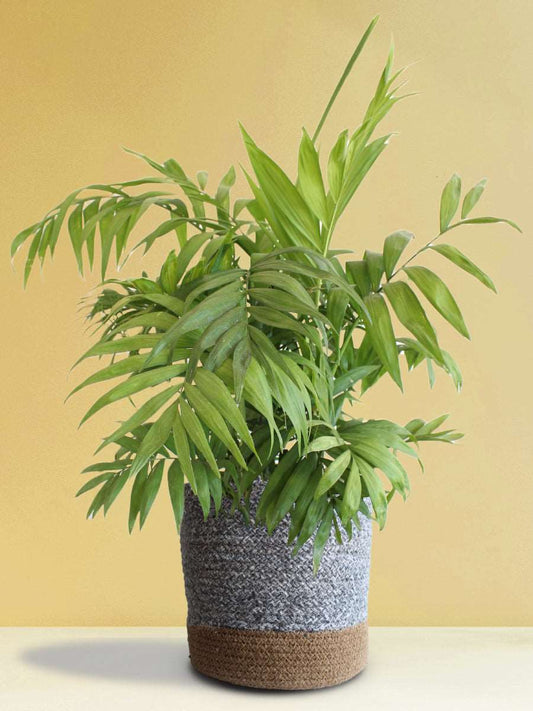
 20% Off
20% OffChamaedorea Palm (X-Large)
Regular price From ₹ 2,175Regular priceUnit price per₹ 2,719Sale price From ₹ 2,175Sale -
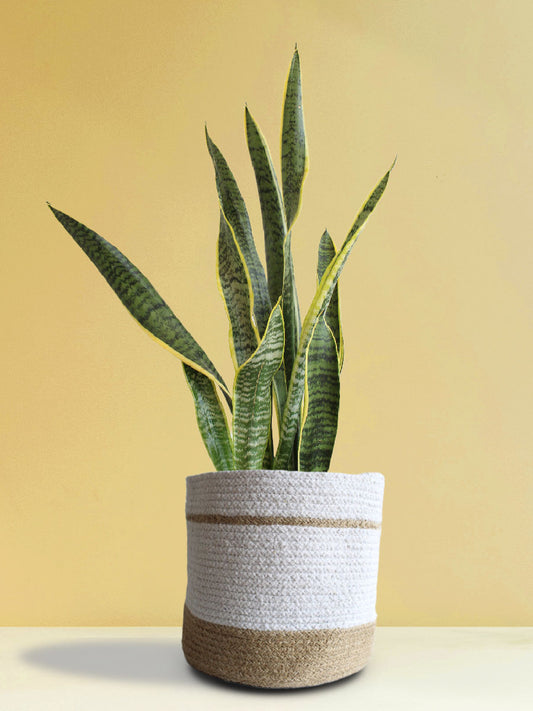
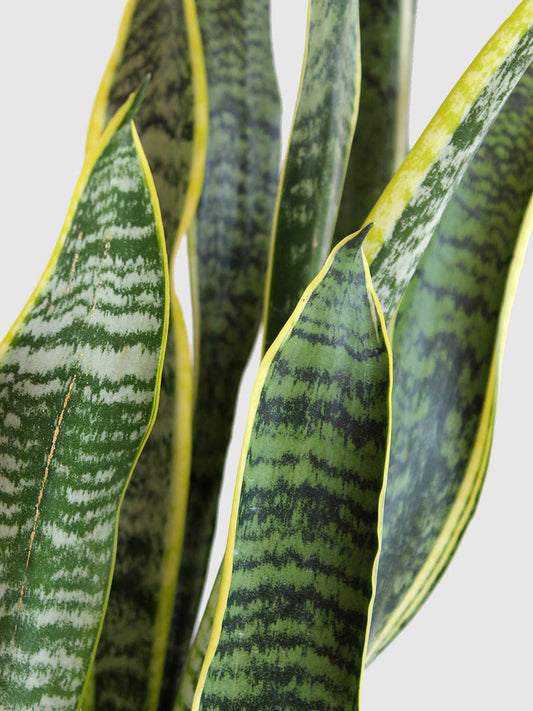 20% Off
20% OffSnake Plant Laurentii (X-Large)
Regular price From ₹ 1,999Regular priceUnit price per₹ 2,499Sale price From ₹ 1,999Sale -
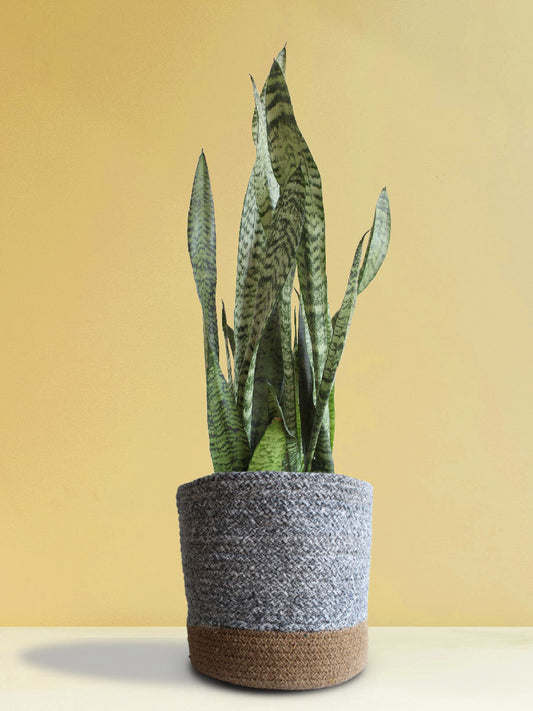
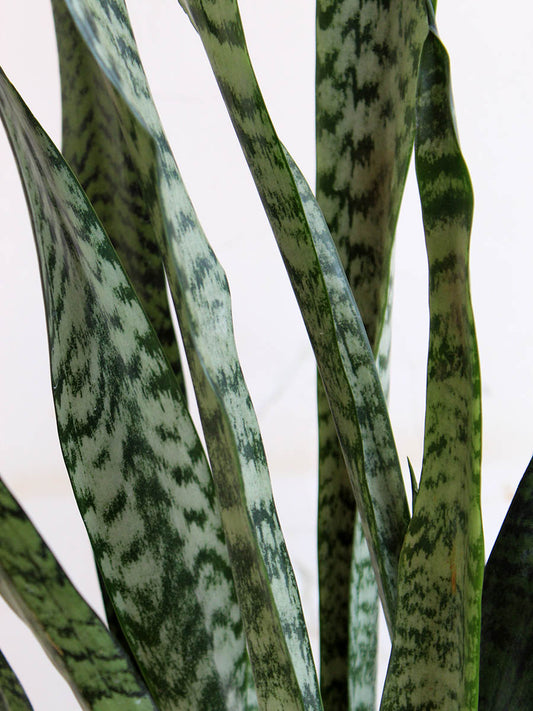 20% Off
20% OffSnake Plant Zeylanica (X-Large)
Regular price From ₹ 1,839Regular priceUnit price per₹ 2,299Sale price From ₹ 1,839Sale -

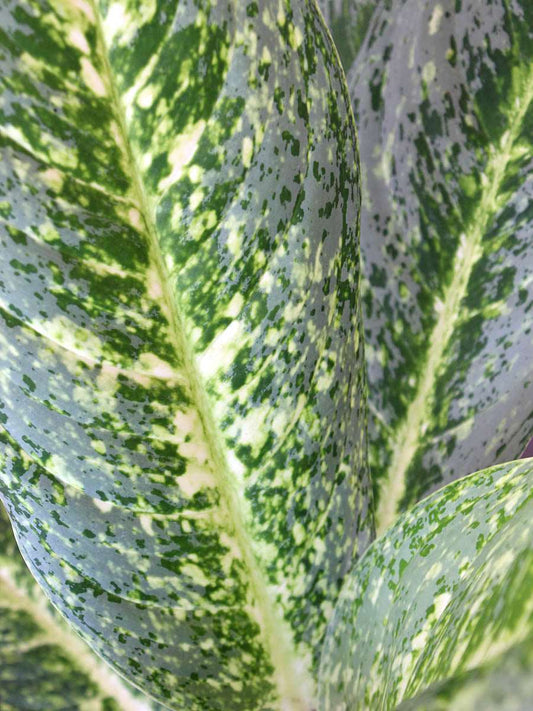 Sold out
Sold outAglaonema Milky Way (X-Large)
Regular price From ₹ 1,679Regular priceUnit price per₹ 2,099Sale price From ₹ 1,679Sold out -
Philodendron Oxycardium Brasil (X-Large)
Regular price From ₹ 1,871Regular priceUnit price per₹ 2,339Sale price From ₹ 1,871Sold out -

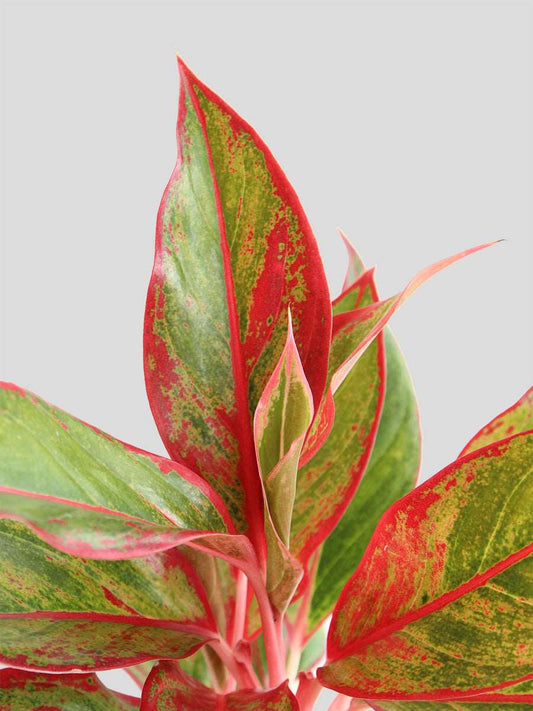 Sold out
Sold outAglaonema Red Lipstick (Large)
Regular price From ₹ 1,159Regular priceUnit price per₹ 1,449Sale price From ₹ 1,159Sold out
Let customers speak for us
Buy Plants for Corner Online
Learning about corners and plants will help you create a house that blends nature and design. Keep reading to discover Greenkin’s collection of corner plants, which will turn your home into a gorgeous, colorful, and graceful paradise. Also, discover the benefits, as well as tips on selection, arrangement, maintenance, and examples of creative corner plant decoration ideas.
Why You Should Buy Plants for Corners
Looking to spruce up the corners and crevices of your home with some plants? Indulge in the beauty of Greenkin premium plants, expertly potted to perfection in handcrafted pots that will enhance any corner space in your home or workplace. Additionally, beautiful corners require expert design and craftsmanship. Here at Greenkin Plant Shop, we also take pride in offering premium, handcrafted planters that are perfectly sized for the plants you love to grow. Best of all, these amazing pots and planters are handmade with love, care, and passion.
Don't wait - order now and prepare to transform your living space corners into the green paradise of your dreams.
Why Choose Greenkin to Buy Corner Plant?
Greenkin is the one-stop shop for high-quality potted plants, including corner plants, among plant enthusiasts. We offer a variety of corner plants and pots to suit your home's lighting and space. Before shipping corner plants to you, we thoroughly examined their health, size, and any illness signs (yellowing, dry tips plants’ leaves). We grow all plants in nutrient-rich soil mixes. We take great care to grow healthy, robust plants that liven your living space corners.
Additionally, you can choose Greenkin corner plants that are two-potted. We use a grow pot and a premium planter, which effectively make them décor-worthy. This two-pot setup increases air volume and creates an automatic self-watering system to keep plants perfectly watered. Last but not least, we also offer a customised service where our expert indoor garden designer helps you visualise your corner before and after adding a curated plant corner.
Things to Consider Before Buying a Corner Plant
Are you planning to buy plants for a corner of a room? Choosing plants to be kept in corners has to be made with an overall room décor in mind. Let's look at some basic principles that we should consider while buying plants for a corner of a room in India:
- Space: The first question to answer is how big is the corner you wish to add the plants to. For example, a 2x2 feet space can easily accommodate large plants that can grow up to 6 to 8 feet tall (Yes, you read it right, you can grow a mini tree within your home). A 1x1 feet space should ideally be used to grow medium-sized plants (1 ft to 3 ft) like Aglaonema, Calathea, or even Dieffenbachias. Smaller spaces should ideally have a wall-mounted stand with multiple tiny plants placed on it. Try to have plants smaller than 1 foot tall for the smaller spaces. Succulents are a great choice for such corners.
- Light: While indoor plants can survive in low light conditions, it is good to estimate the amount of light that your corner receives before choosing the plants for the corner. Some ideal decorative plants for room corners like Peace Lilies require some sun to bloom healthy, while some plants like ZZ plants can tolerate extremely low light. Also, look at the distance between the corner and the window. Light tends to be lesser towards corners away from the windows.
- Water: Do you travel often and cannot water your plants regularly? Plan for this before buying the plants. Some plants like low-maintenance corner plants require very little water while others need daily watering. You could also look at a double potting system for your plants to ensure they have self-watering capability.
- Height: A general preference is to grow tall plants in the corners since they can fill up the vacant space and make your room look fuller. But it would be wise to predetermine the size you want and what your space allows.
- Room: Lastly, a corner is not an isolated place but a part of your room. So it is best to choose plants that add to the overall décor of the room. Certain plants are more suited to living rooms than for bedrooms plants, and the other way round too!
Benefits of Having Corner Plants
Health benefits of having corner plants
Bringing plants indoors, including corner plants, has multiple benefits, including better air quality, aesthetic appeal, and health benefits. Plants absorb carbon dioxide and release oxygen, purifying the air . Additionally, according to research, plants are proven to relieve stress and induce relaxation. Plants in an isolated corner spot of the room may do a lot to alleviate tension and soothe the mind. A more tranquil state of mind is a direct result of these natural elements. Plus, plants generally encourage biophilia or connection to nature. Furthermore, It's been proven in experimental research that indoor green plants, including office corner plants, help to increase concentration and productive activity. Thus, every Greenkin corner room plant will keep you close to the nature dynamic world and offer a beautiful look to any corner living area.
Vastu benefits of having corner plants
Plants boost space energy, according to Vastu Shastra and Feng Shui. These Feng Shui corner plants also stimulate growth and air purification. According to Vastu Shastra, placing indoor plants in the eastern, northeastern, or northeastern corner of your living or working place brings joy, happiness, and prosperity. Indoor plants for corner spaces also serve to balance the energy of the space, lessen the effects of negative energies on the occupants, and bring in a lot of good energy.
Placement Guide for Corner Plants
Styling a right corner with plants is a great idea to make your room come alive and add an overall positive vibe. Some tips for placing plants in the corner spot are:
- Choosing a Plant that Matches Your Decor: The first step to styling a corner with plants is to look at your complete room and see what vibe your room currently has. Using simple custom or modern corner plant designs can be an inexpensive way to change the look of your living room effectively. For example, if your room has wooden furniture and has an overall earthy appeal, you can look at large palms that make for a more tropical feel. Whereas if your room has more modern furniture, you might want to add a Rubber plant or a Fiddle leaf Fig , that goes well with a modern look.
- Finding the Right Plant Size: Once you know your room's current vibe, you need to make an important decision - how large do you want your plants to be? Some people love keeping a large (6 to 8 feet tall) plant in the corner, while others prefer to keep medium-sized (1 to 3 feet tall) plants on stools or planter stands. In case you want to go ahead with a medium-sized plant, you should consider buying a stand for placing the planter. Find the perfect stand for your planter that goes well with the rest of your furniture.
- Choosing Your Green Partners: Once you have narrowed down the size of the plant, the next step is to choose a plant that you personally like, because ultimately, you are adding a plant to your life. You can also consider placing them in random clusters of corner plant pots for an interesting plant area look.
- The Finishing Touches: Post getting the plant, you just need a few final touches, like adding a painting or two on the wall by the side of the plant. And that's it, you are done! You now have a perfect living corner that goes well with your room.
- Considerations For Corners That Are Not Well-Lit: My room has very low light. Will my plants survive in a corner? Yes, you can choose from a variety of plants that can do well in low light conditions, as long as you have a window in the room. You can choose from Snake Plant , English Ivy, ZZ Plant, Ficus, Syngonium, or even succulents (on a shelf).
Must-Have Corner Plants
While there are many plants that you can buy for your perfect corner, your choice depends on the size of the plant that you wish to grow. Let's get going on the list, starting with the most common plant for corners, the Rubber Plant:
- Rubber Plant: Rubber plant is an ideal tall corner plant for indoors because of its huge waxy leaves on an erect stalk that provide burgundy color. Rubber plants come in multiple variants and grow by about 2 to 3 feet every year. They can be trimmed to make a bushy version for the more spacious corners.
- Palms: There are many varieties of large indoor plants for corners like Palms that can grow well in medium indirect light. Chamaedorea and Areca Palms are the more common Palm varieties that can add an instant tropical vibe to your room. Chamaedorea is a very hardy plant that purifies and humidifies indoor air.
- Dracaena: There are many varieties of Dracaena that can be added to any corner spaces. These space-saving plants for corners can tolerate some neglect in India since they grow well in the Indian climate. Probably, when grown inside, these plants that thrive in low-light corners may reach a height of six feet with proper care and watering.
- Ti Plant: Cordyline Terminalis, commonly known as Mahatma or Ti Plant, is the best tall plant for bright2 corners. This fast-growing plant can reach up to 10 feet in height. Owing to its large leaves on a slender upright stem, it is a great fit for every corner. Just like rubber plants, Cordyline Terminalis adds a great burgundy color to your room.
- Schefflera: Commonly known as Umbrella Plant, Schefflera is a great fit for a spacious corner. We recommend at least a 1.5-foot by 1.5-foot space for a tall Schefflera plant, since it can grow up to 10 feet tall indoors. They add a great pattern of leaves to your corner and often become a topic of discussion in social gatherings. Also, they are fast growers adding about 3 feet per year.
- Philodendron Plants: Philodendrons are best plants for small corners, and there are many varieties that can brighten up your large corner as well. You can find large-leaf philodendrons, climbing philodendrons, bright neon philodendrons, and many other varieties. They can add a great texture to the corner and so are the best corner-friendly indoor plants that you should look at.
- Fiddle Leaf Fig: As the name suggests, these are fig plants can grow really tall. They have become a much-loved plant across the world for living space indoor décor. They are the best plants for living room corners since they like bright indirect light and can withstand moderate sun exposure. You can also place them closest to the window corner.
- Snake Plant: Talking about plants for corners, how can we not mention the hardiest plant of them all - Snake Plant. You can get a wide variety of Snake Plants that can be a direct addition to your corner. They add a great texture and are absolutely non-intrusive. If you are not sure which plant to buy for that corner, you are probably looking at buying a snake plant.
- Dieffenbachia: Known commonly as "Dumb Canes", they give you large leaves with green and white colors. Their hardiness (low light tolerance) makes them a great plant for corners. Remember that they need regular watering, and grow easily from cuttings.
- Syngoniums: Syngoniums are the best corner plant for shelves that require medium light to thrive. Since they do not grow very tall, it is best to place them on shelves or on top of planter stands. You can club a few different types of Syngoniums in the same pot and place them in the corner to add a multi-colored and bushy accent.
- Spider Plant: Just like Syngoniums, Spider plants should be kept on planter stands. They can also be hung from the ceiling. They produce multiple plantlets that hang on long stocks that tend to grow downwards, hence elevating the spider plants is a good idea. Spider plants are known for their resilience and are good to set up in the corners.
- Calathea: Calatheas are recognized globally as great indoor plants. Due to its ability to thrive in low light, it may be used to create a stylish corner plant arrangement. They are a great addition to Indian homes because they love tropical weather. Calatheas don't grow very tall, and so are ideally placed on stools or stands.
To find more plants that can liven up your room's corner, browse our collection titled "Plants for Corner". If you are having difficulty finding the right plant, reach out to us and we will do our best to guide you.
How to Care for Corner Plants
Consider the corner area and common issues (like low light, humidity, draining issues, etc.) while caring for corner-friendly indoor plants. Some of the following care guidelines for corner plants are mentioned below.
What to Adopt:
- To ensure your plant is healthy, examine its light, water, and humidity needs before choosing and placing.
- Most corner plants prefer indirect, bright light. However, if you have a dark location, choose low-light plants. Plants develop with light, but without it, they may become leggy.
- Rotate your corner plants to prevent leaning towards the light source and maintain even growth. Rotate them every 2–3 days. Along with providing them with adequate fertilisers and water, this is equally important.
- Water your corner plants properly. Follow their water content criteria. Let the soil dry out between waterings for most plants, but it varies by plant.
- Most indoor plants thrive at 70-80 F during the day and 65-70 F at night. Thus, keep plants away from drafts, vents, and radiators to avoid temperature swings.
- Tropical plants need the appropriate humidity. Clustering corner plants, using a humidifier, or placing a tray of water near them can achieve such conditions.
- Use a liquid, well-balanced fertiliser (monthly or every 90 days—based on plant species requirements) to feed your plants during the growing season. During their winter dormancy, avoid fertiliser application.
- Inspect your corner plants regularly for stress signs like yellowing foliage, drooping, or pests. Such issues must be addressed immediately to avoid further damage.
- Maintain cleanliness. Dust blocks sunlight from reaching the corner plant's energy factories—its leaves. To avoid dust and pests, wipe your plants' leaves with a damp cloth or sponge.
What to avoid:
- Overwatering plants is a major mistake. Many think giving corner plants lots of water will help. That's absolutely false. It causes root rot and other issues.
- Avoid direct sunlight (from the window) to corner plants that can scorch fragile leaves, therefore shield them with a curtain or keep them away from the sun.
- Avoid overcrowding the corner plants. Give corner plants enough space for airflow. If they don't, humidity might rise, which helps plant diseases develop.
- Neglecting to repot is another common mistake. Failure to reform can lead to rootbound corner plants, which require regular repotting into larger pots.
FAQ
From large-leafed 8-foot plants to 2-foot plants on premium planter stands, corners are the finest spots to display your plant passion.
Before planting the plant, check the corner's natural light. Greenkin recommends medium-to-bright indirect sunlight or 2 hours of morning sunlight. Look for plants that can handle direct and indirect sunlight if you get more than 4 hours.
Corner plants should be chosen according to space, light, water, height, and décor. Larger rooms are suitable for larger plants, whereas smaller spaces are for smaller ones. Consider corner-to-window and self-watering system distance. Tall plants can fill empty areas, but select plants that complement the room's style.
Before planting, consider the corner size. For example, a 2x2-foot room can accommodate 6–8-foot plants (definitely, you can grow an indoor tiny tree). Medium-sized plants (1–3 feet tall) like aglaonema, calathea, and dieffenbachias grow best in 1x1-foot spaces. In a small room, standing on the wall with a bunch of small plants will be best.
Indoor plants are able to tolerate low light, but you should analyze your corner's light before choosing plants. Some plants, like peace lilies, need sun to grow, while others, like the ZZ plant, don't need much sunlight to thrive. Also, check how far away the corner is from the window. Corners that are farther away from windows tend to have less light.
Different corner plants need different amounts of water every day. You could use a double-potting method to help your plants water themselves.
Most people like to put tall plants in corners to fill in empty space and make a room look bigger, but make sure you have enough room for the size you want.
Since the corner is part of your space, pick plants that go with the style of the room. Some plants are better for living rooms than bedrooms, and vice versa. For example, a large leafy plant adds greenery to a living area, while a smaller, flowering plant or snake plant brings serenity to a bedroom.
Some popular corner plants are the schefflera, philodendron, fiddle leaf fig, snake plant, dieffenbachia, syngoniums, spider plant, calathea, and the rubber plant.
Yes, rubber plants are popular corner plants in India because of their huge waxy leaves on a straight stalk with a burgundy color. For larger corners, clip rubber plants to create bushy versions that grow 2–3 feet per year.
Common palms like Chamaedorea and areca can give your space a tropical feel. These resilient plants help to humidify and purify the air inside.
Many different varieties of dracaenas can be placed in a corner. They thrive in dim light, water frequently, and grow to 6 feet indoors. They are tolerant of some neglect in India due to the favorable environmental conditions.
Philodendrons come in many colors and are great indoor plants. Many types are available, including huge leaves, climbing, and bright neon. In a corner, they look great and add depth.
As their name implies, fig plants grow tall and are popular indoor plants globally. Keep them close to a window corner because they like bright light that comes from the side and some sunlight.
Without a doubt, snake plants are low-maintenance, light-tolerant plants ideal for areas with little natural light. Their distinctive foliage and vertical growth elevate any area. They are ideal for areas with restricted fresh air circulation because they purify the air. providing oxygen 24*7. Moreover, considering a snake plant is good choice for that place if you're unsure about other houseplants.
Syngoniums are hardy plants that can be put in corners with medium light. For a colorful, bushy accent, mix several types in a pot and set it in the corner.
Plant-filled corners can improve a room's atmosphere. Select the perfect furniture, plants, size, and style, then add a wall painting.
Place corner plants indoors in warm, humid conditions. Every three months, fertilize while simultaneously monitoring your eye for signs of disease. Rotate plants every two to three days for proper light distribution and health.
Greenkin's premium potted plants are handcrafted by India's top growers and assessed for health, fullness, and size. Greenkin grows corner plants in rich soil, fertilizes them, and prepares them for online delivery to ensure quality.
Greenkin has a wide selection of small, medium, and large corner decor plants, as well as advising and plantscaping services and high-quality pots for home decor or gift sets.
Greenkin provides high-quality, hand-crafted corner planters made by skilled artisans in India. These planters are double-potted with grow pots to ensure optimal drainage and air circulation. These robust, easy-to-clean planters last for years and make wonderful home décor.
Indeed, Greenkin provides a one-of-a-kind plantscaping experience in India, complete with lifelong maintenance and expert supervision from their horticulturists and plant experts, who keep plants healthy and beautiful even in low light conditions.
Corner plants not only make a room seem more complete, but they also reduce stress, purify the air, and keep you in a better mood.
Choose a strong plant like a rubber plant (Ficus elastica) or Snake plant (Sansevieria) for locations with a lot of foot activity to add interest and nature. These sturdy, low-maintenance plants can tolerate being bumped (if occur accidently).
Plants in the corners can vary depending on the conditions of each area. A Boston Fern, which likes humid places, could be put in the bathroom, while a Fiddle Leaf Fig might look better in the living room.
Vastu Shastra recommends positioning plants in a home in specific directions. Small plants up to 3 feet tall should be in the east or northeast, while large bamboo should be in the southeast. Snake plants, roses, and peace lilies, which improve air quality, should be placed in the northwest corner, and double peony ranunculus flower bulbs in the southwest.
Yes, you can mix flowering and non-flowering plants. It's important that the plants have identical care types. You may select a combination of plants, like the Lucky Bamboo, which is considered to represent positive energy, as are orchids, which are flowering plants that people keep in their homes for their lovely flowers.
Corner locations that receive sunlight from east or north-facing windows are ideal for proper sunlight and positive energies. Opt for plants that flourish in indirect, bright light.
Yes, several plants that can endure low light will thrive in a north-facing window. Snake Plant and ZZ Plant are excellent examples of low-light-tolerant plants that thrive in the darkest areas of your home.
Of course, various plants may thrive in bathrooms with low lighting and high humidity levels. Peace Lily, Spider Plant, and Cast Iron Plant are all excellent choices for a bathroom without windows.
Snake plants, pothos, and spider plants are ideal for beginners because they are easy to care for and hard to kill.
Watering plants in each corner of the building depends on their needs, but it's best to check the soil moisture before watering and water thoroughly. Overwatering can be just as harmful as underwatering, so it's important to find a balance that works for each plant.
When choosing plants for a corner, it is best to match their size to the size of the corner. Larger plants certainly make a statement, but in smaller spaces, compact types and vertical plants are ideal.
Include some plants with varying heights, textures, and colors. Use plant stands or shelves to create layers. Don't place too many plants in each pot. Group plants based on their care requirements (humidity, misting, etc.).
Yes, some of these rare plants have excellent qualities to purify the air, and some examples of these rare plants include Peace Lily (Spathiphyllum), Golden Pothos (Epipremnum aureum), Snake Plant (Sansevieria), and many more.
Of course, many plants, such as lavender or snake plants, are known to promote relaxation and air purification, making them ideal for bedrooms and home offices alike.
Yellowing of the foliage may indicate overwatering or inadequate lighting. Keep track of your plant care routine and make changes as needed. If you see bugs, consider natural remedies or consult local plant experts for solutions.
If a corner space receives more light from one direction, plants will naturally grow in that direction. As they grow taller, plants may also lean toward a corner for nourishment and stability.
Leaning plants can be helped by regularly rotating them so that their growth is even on all sides. If they still lean too much, you can prop them up with stakes or trellises to keep them from leaning any more and encourage them to grow upright.
For a unique twist, try specimens like the Alocasia polly, the Monstera Thai constellation, or Calathea orbifolia. all have attractive foliage and have the potential to stimulate curiosity.
The level of care required varies widely, but many rare plants have quite precise cultural requirements. Consider elements like humidity, soil mix, and indirect light. Research your plant to learn how to best care for it.





























